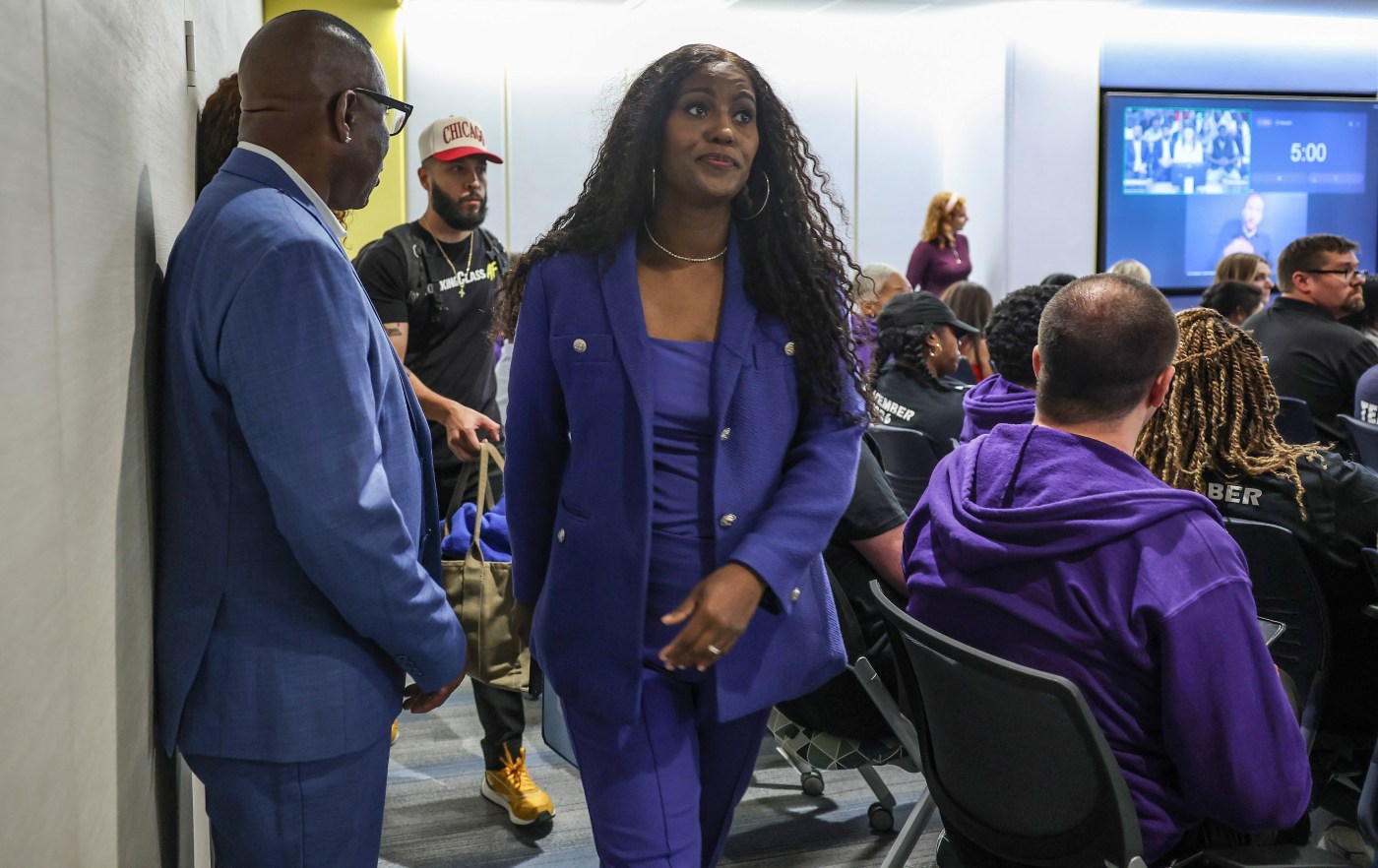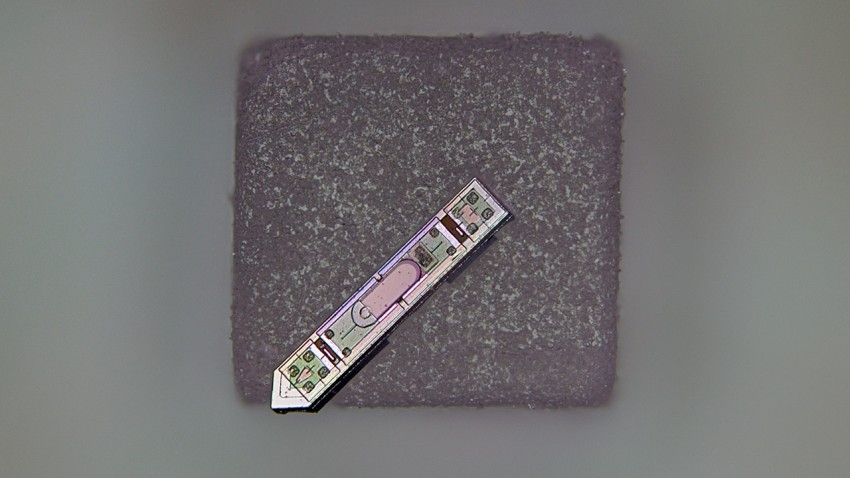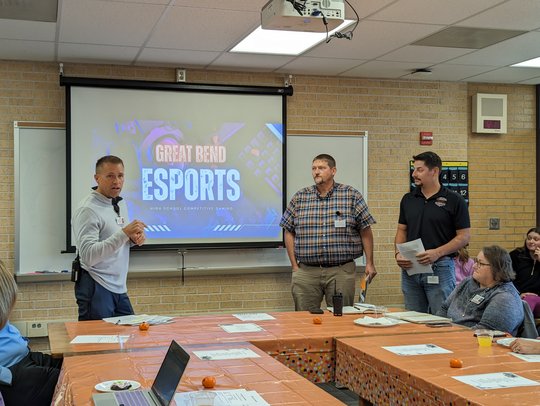South Carolina’s educational leaders are implementing a new initiative aimed at reshaping how students perceive mathematics. The message is clear: “Every student is a math student.” This push seeks to dispel the notion that some children are simply not good at math, addressing a long-standing attitude that has allowed mediocrity to prevail in the subject.
The initiative, which became fully operational at the start of the current school year, introduces enhanced standards alongside robust support systems for both teachers and students in struggling schools. A significant focus is on middle schools, where South Carolina students have not performed as well as their peers in younger grades or middle school students across the United States. Recent data reveal that only 34 percent of seventh graders passed the math section of the SC Ready test, compared to about 58 percent who passed in English.
Targeted Support in Vulnerable Schools
The Palmetto Math Project is central to this reform, with Saluda Middle School being one of the 64 schools receiving top-tier support. Each of these institutions is paired with a state math specialist who collaborates with local math teachers weekly. This initiative is designed to enhance instructional strategies and lesson planning, ultimately benefiting students and fostering teacher development.
For instance, Jax Sanchez, a sixth-grade teacher at Saluda Middle, describes his collaboration with math specialist Lauren Cantey as “kind of a second brain.” Sanchez, who is in his second year of teaching, faced challenges with lesson sequencing. Cantey has assisted him in refining this process and sourcing effective instructional materials. “It gives me more time to focus on what my students are doing in class,” he noted, emphasizing the importance of these weekly sessions.
In addition to schools like Saluda Middle, approximately 85 other schools in South Carolina will receive regional support, including training on new standards and materials. This comprehensive support aims to align teaching practices with the state’s upgraded educational standards.
Innovative Teaching Approaches
To enhance student comprehension, the initiative employs a concrete-representational-abstract approach to teaching math. This method encourages students to grasp the underlying principles of mathematical concepts rather than merely memorizing rules. For example, when learning to multiply a whole number by a decimal, students must understand why the product is smaller, a concept not captured by earlier rules they might have learned.
“Too often, we just teach it, and we do it, and we move on,” said Elizabeth Schumpert, team lead for the Palmetto Math Project. She underscored the need for students to build a solid foundational understanding, moving from concrete examples—like using blocks—to representational and finally to abstract mathematical notations.
The absence of physical manipulatives during virtual learning has been cited as a reason for the decline in math performance during the pandemic. Sanchez’s class has employed blocks to illustrate exponents, making the learning experience more engaging and interactive for students. This hands-on approach is critical in helping students transition from concrete examples to abstract reasoning.
The aim is to ensure that students receive fully aligned, grade-level instruction rather than remedial work. Schumpert emphasized that students require tier-one instruction to engage with the material needed for their grade level. She stated, “We are providing supports and scaffolds so that we don’t leave students behind.”
As part of this initiative, South Carolina’s new math standards, which took effect this school year, place a stronger emphasis on data and statistics. These topics are now introduced earlier in elementary school, reflecting the growing importance of data analysis in various professions. High school math class sequences are also being revised, with students now starting with Geometry before progressing to Algebra 1. This shift aims to provide a better foundation for the more abstract concepts encountered in Algebra.
The new educational pathways are designed to be flexible, allowing students to transition between different tracks based on their future aspirations, whether that be college or immediate workforce entry. “We’re not putting kids into a track that they can’t then move out of,” Duggins affirmed.
Looking ahead, officials are optimistic that the focused efforts in the most vulnerable schools will yield positive results, similar to the successes seen in early reading initiatives. Data from previous pilot programs have shown promising outcomes, and the state is eager to replicate this success in mathematics. “I see the same movement,” Duggins remarked, expressing confidence in the initiative’s potential.
As South Carolina aims to elevate its math performance, the collaborative efforts among educators, specialists, and administrative leaders signal a commitment to reshaping the educational landscape for future generations.







